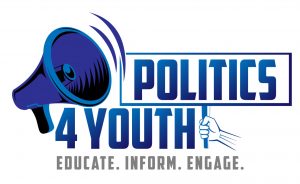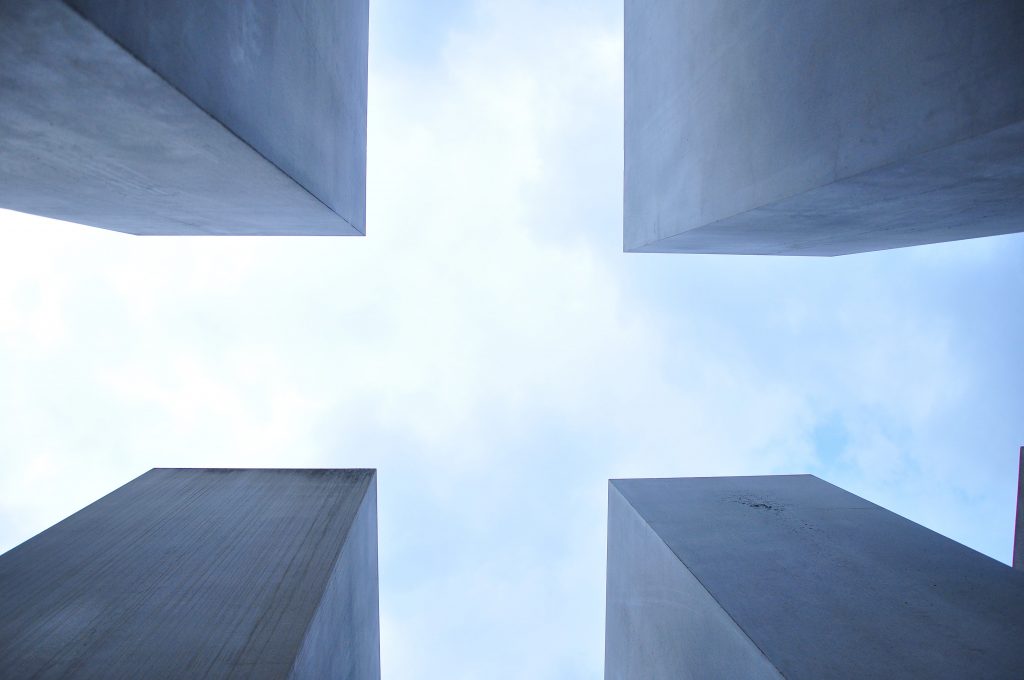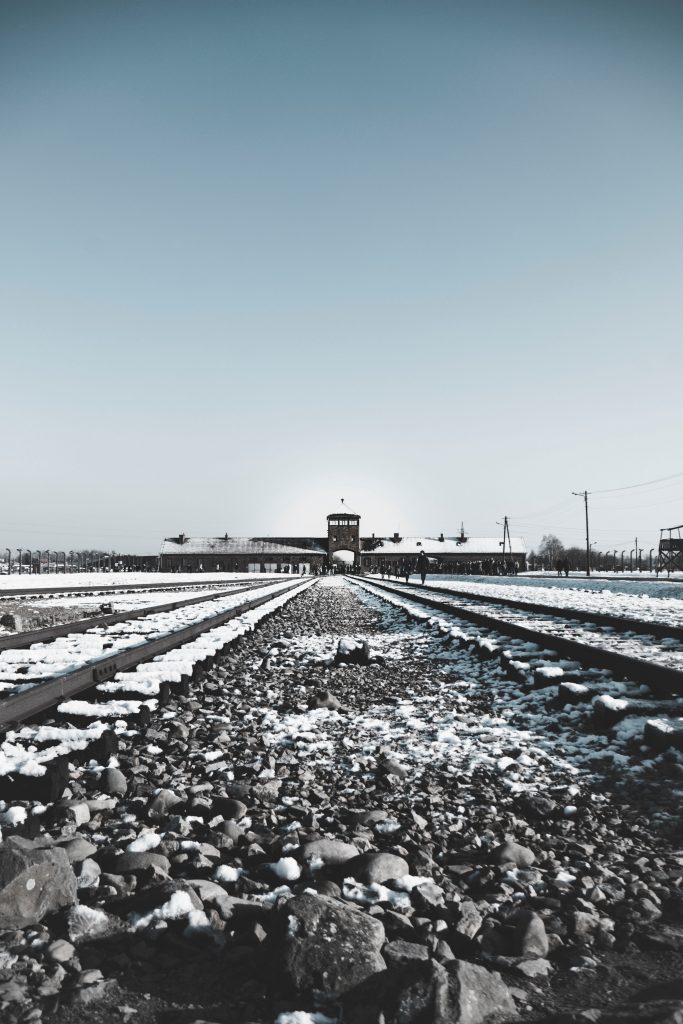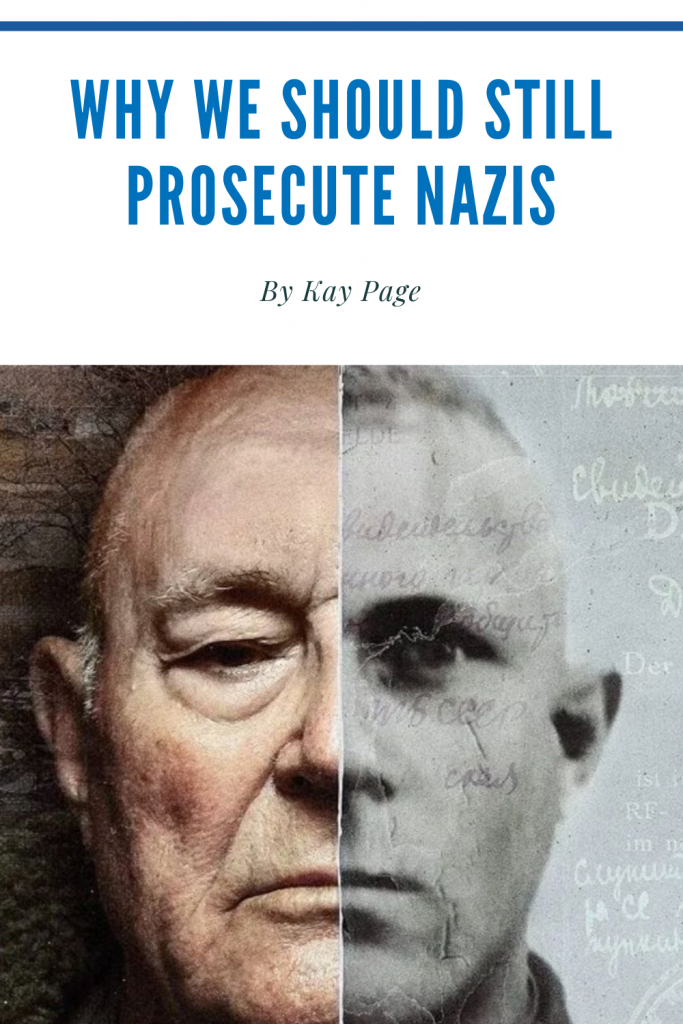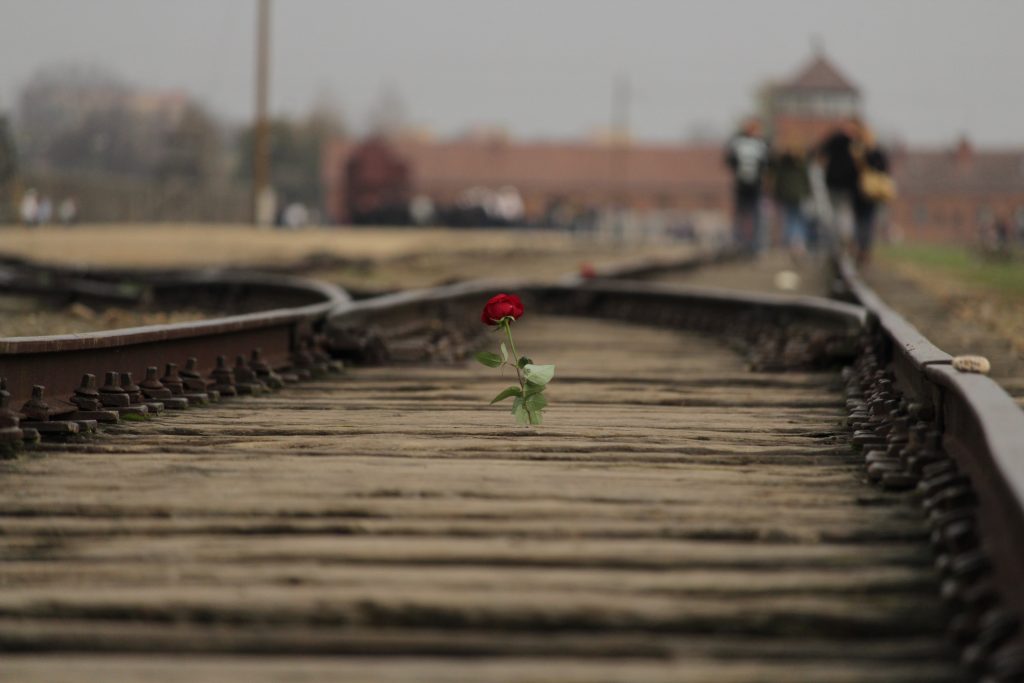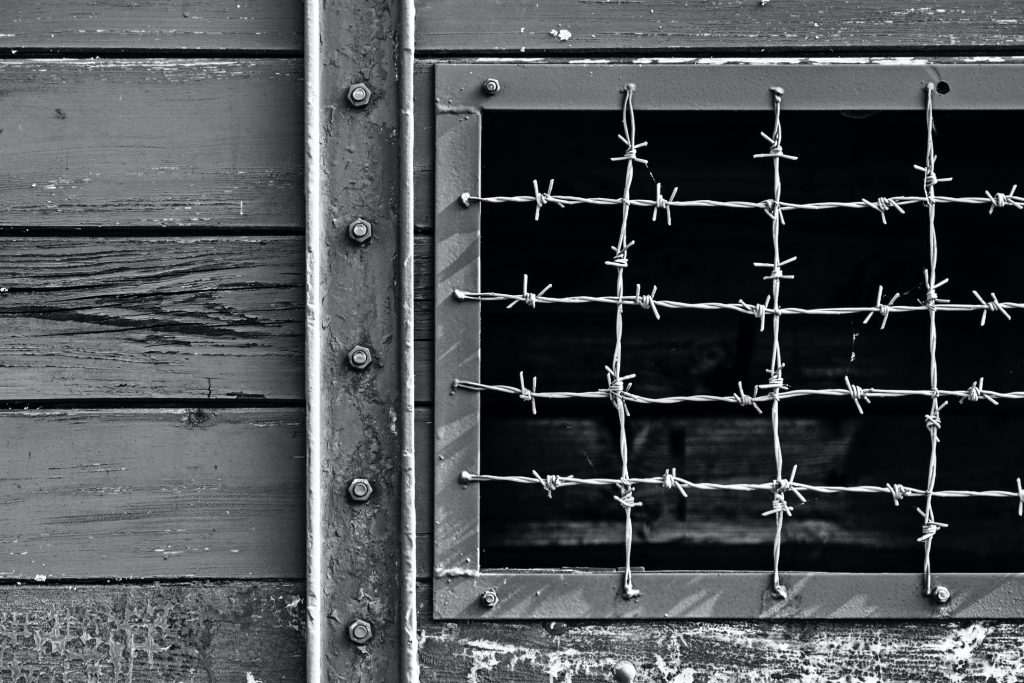What is happening in Kazakhstan?
Over the past few weeks, there have been widespread discussions about the situation in Kazakhstan and the recent violence it has witnessed.
What started as protests has quickly become civil unrest and with Russian boots now on the ground, the situation is a tricky one.
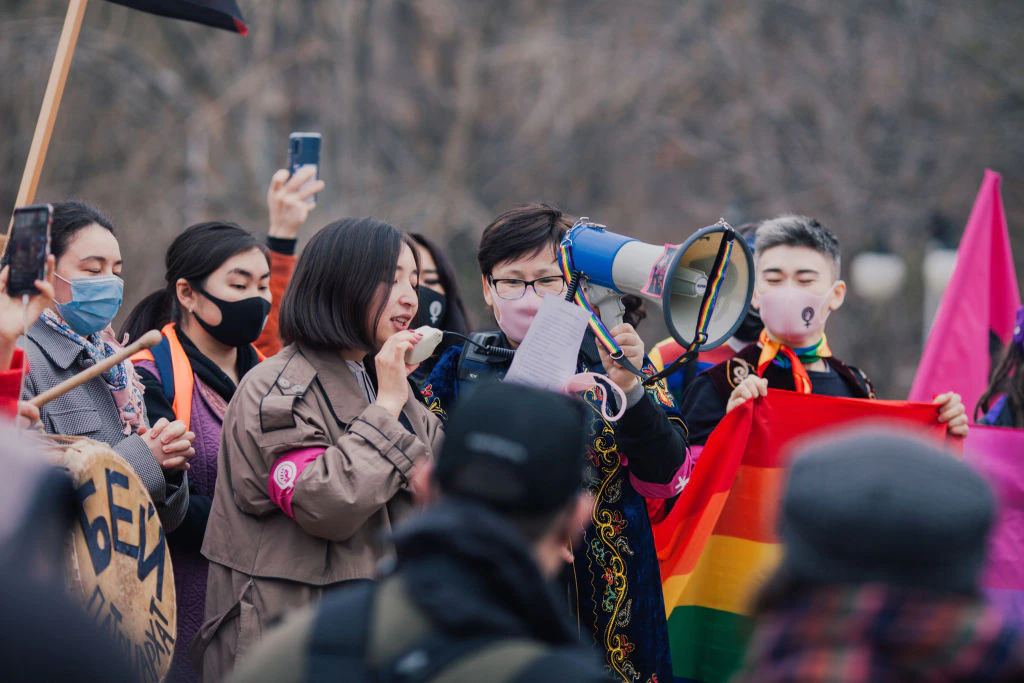
Where is Kazakhstan?
The country of Kazakhastan became independent in 1991, having previously been one of the many countries that formed part of the Soviet Union. It is currently the largest economy within the region, and is bordered by Russia and China, as well as three other former Soviet republics.
It’s economy is a fairly wealthy one, due to the fact that it houses some of the most sort after minerals in the world. At the time of writing this blog post it is the 9th largest exporter of oil and the 10th largest exporter of coal.
It has a population of 18.7 million, with at least 1 million of its citizens said to be living in poverty.
What has been going on in Kazakhstan?
The protests began in Zhanaozen, a city in the oil-rich Western region, on around New Year’s Day. The protests were over the Government’s decision to remove state oil price caps from butane and propane. Two chemicals that are called ‘road fuels for the poor’ due to the fact that they are usually cheap.
The decision was made to help lift the current oil shortage that the country is experiencing, but the measure backfired and prices quickly raised.
The protests spiralled quickly, with widespread anger at the Government suddenly finding its voice. What started as a protest against the oil situation eventually spiralled into unrest about ‘endemic state corruption, income inequality and economic hardship’. All of which have been further exasperated by the COVID-19 pandemic.
While the country itself is wealthy, wealth tends to be shared between few, and it’s said that over 50% of the public lives in areas that don’t benefit from public amenities. Furthermore, there are up to 1 million people in poverty.
The current President, Kassym-Jomart Tokayev, was elected in 2019, but stood on the basis that he would continue the work of his predecessor. That man is Nursultan Nazarbayev, a former member of the Soviet Politiburo and a supporter of big business. Yet while he might not be technically in charge, it’s believed he still plays a prominent role in the Government. He’s not been seen since the protests started.
Are the Russians involved?
The situation has now been complicated further still, with the President requesting support from Russia. This request was granted, and the Russians have supplied military resources, predominantly in the form of paratroopers. As a result, Russia now finds itself caught up in another conflict with it’s boots on the ground.
While the Government requested this support, and the Russians are defending their involvement on those grounds, the rest of Europe is somewhat cynical. Instead, many believe Russian involvement risks becoming another geopolitical crisis, while the situation with Ukraine still rages in the background. The concern is that Kazhakstan could be another Russian attempt to exert further power within the region.
Additionally, it could be another grievance that the population holds against the Government.
What do we know so far?
Aside from what has already been outlined in this blog post, there is little other information available, and the flow of news from within the country is slow. This is partly due to an internet blackout that was previously imposed by the Government. As a result, information from within the state is somewhat hard to come by and what is being released seems to come out in dribs and drabs.
What we are being told about the situation is largely coming from the government itself and the country’s own media. Over recent years, there has been continued criticism of the authoritarian Government, and the media isn’t exactly free or independent.
Why have people died?
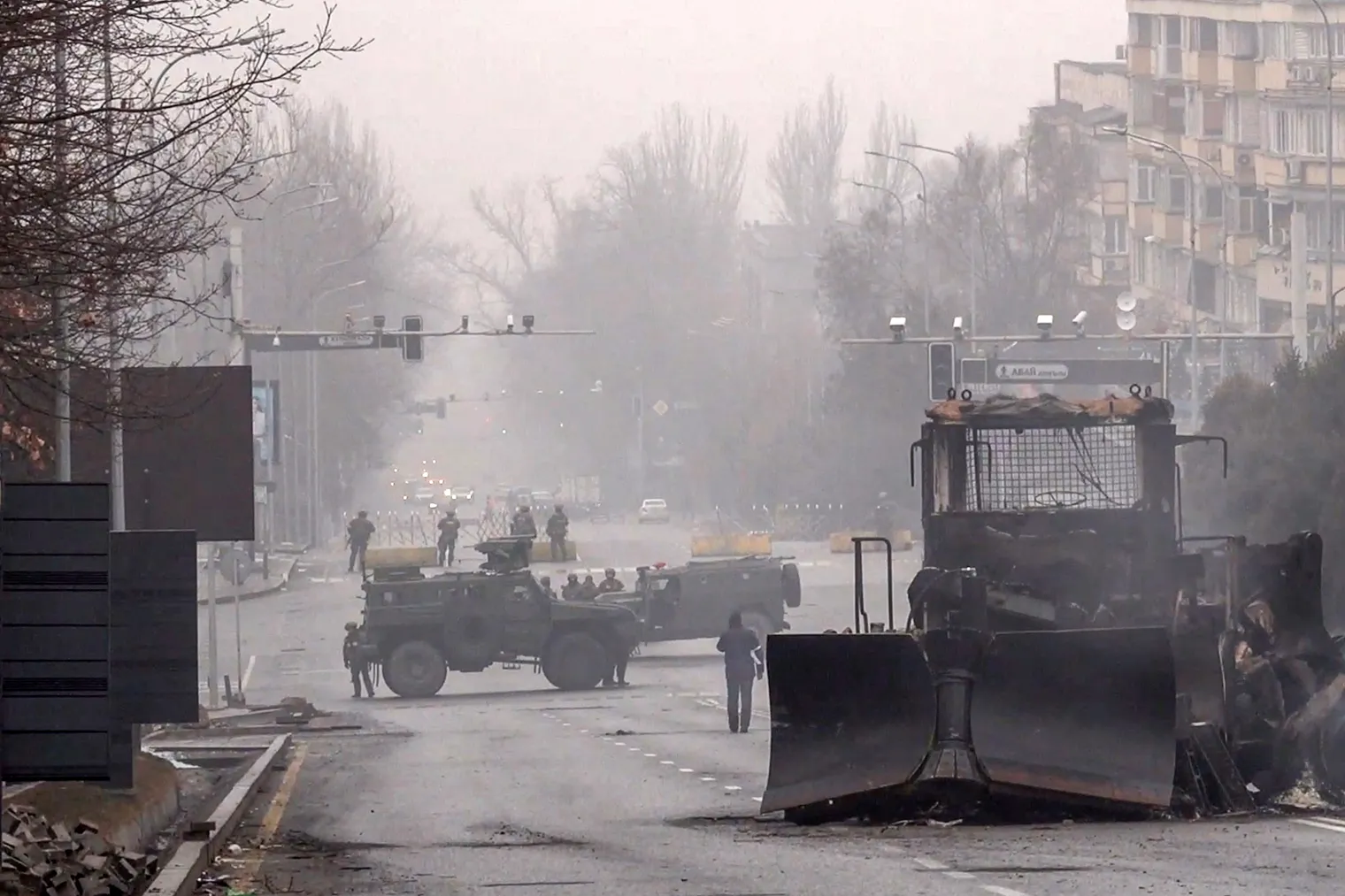
In early January 2022, President Tokayeh issued a shoot to kill order, formally authorising the armed forces to shoot anyone involved in the uprising. Due to how quickly the rioting and protesting escalated into something bigger, it’s perhaps little surprise that there is now widespread confusion. It’s unclear where the protesting ends and the rioting begins.
As a result of this – and the very nature of the order that has been issued – there has been widespread criticism of the shoot to kill order. At the time of writing this blog post (11th January 2022) it is believed that at least 160 people have died.
The United States have since called for the order to be rescinded, asking the authorities in Kazhakstan to reconsider.
Again, at the time of writing this blog post (11th January 2022), the order appears to remain. During this announcement, the President is alleged to have said that he would destroy the ‘criminals and murderes’.
Resources used in this post and the Instagram post:
https://www.vox.com/2022/1/8/22872642/kazakhstan-protests-russia-troops-putin
